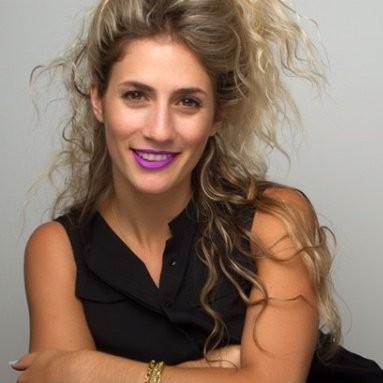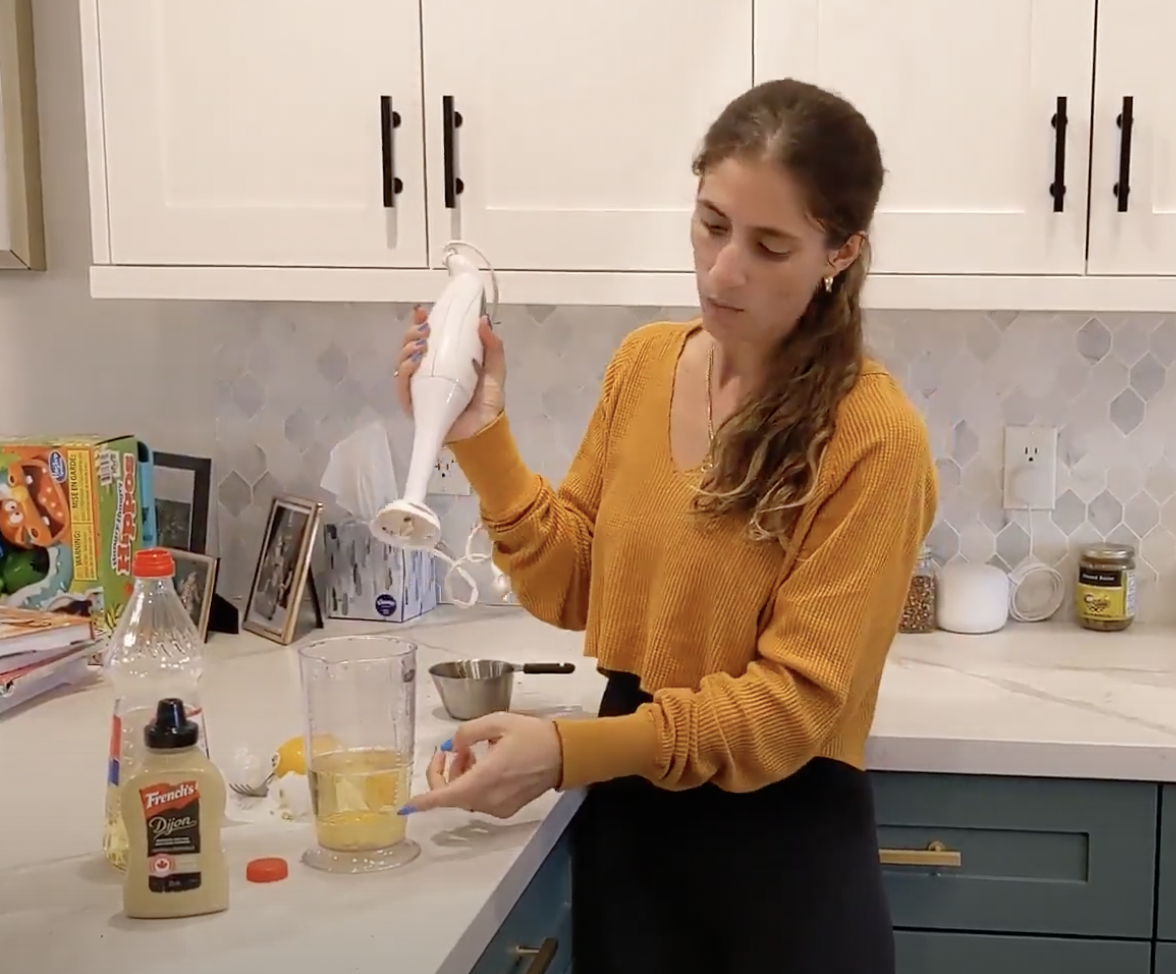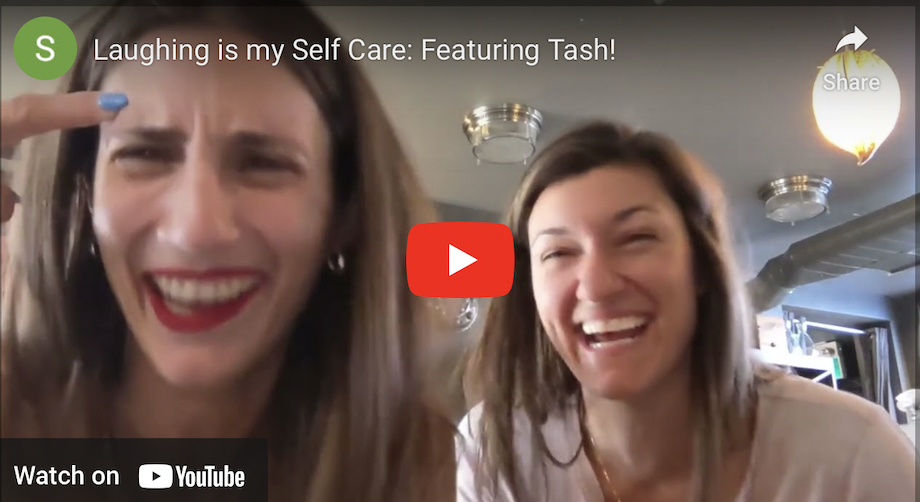In Vitro Fertilization (IVF) is an Assisted Reproductive Technology wherein eggs from a woman are retrieved and fertilized with sperm outside of the body. The fertilized embryo will then be returned to the woman’s uterus where it will hopefully implant and grow into a foetus and eventually a baby. The eggs used can either be from the woman wishing to be pregnant or from a donor egg. The sperm can equally be from a donor.
What to expect in a round of ivf
IVF is considered to be a more invasive fertility treatment given that there are 2 procedures; one to retrieve eggs and another to transfer embryos back in. These procedures can span over 1 cycle or more cycles depending on the recommendations from your doctor as well as your results. The cost can be quite high and there are of course quite a bit of emotions and important decisions wrapped up into the treatment.
the retrieval:
The IVF treatment begins on day 2 of your cycle. At this stage you will be prescribed injections to increase the number of eggs maturing in your ovaries. The clinic will monitor the quantity and growth of the eggs throughout your cycle via ultrasound.
The doctors will assess the maturation of the eggs and will schedule a retrieval procedure at the time where the most number of mature eggs can be retrieved.
On the day of your retrieval you will be sedated and will therefore need someone with you, as you will not be able to drive or navigate home on your own. The sedation is a local anesthetic and is used to help reduce the pain during the procedure.
Once you are sedated the doctor, by guidance of an ultrasound and the use of teeny tiny suction instruments will remove the eggs you have grown in your ovaries.
I had 2 retrievals and do not remember either so I can’t personally comment on what takes place in the room itself, but on the other end of the procedure I can say I was heavily nauseated from the sedation and did my fair share of yacking. This won’t be the case for all women of course, and some friends have even told me they were alert during the retrieval and tell tales of the pain. I would therefor prepare for some pain, and if you’re concerned you can mention you would like to have more sedation (if possible).
post retrieval:
After the retrieval your beautiful eggs will now go through a couple of stages. With each stage there will be some fall off in numbers. See the funnel photo for visual reference.
- First up is that the eggs will need to be assessed for maturity, as the whole batch will not be mature upon retrieval.
- The lab will now take all the mature eggs you have and attempt fertilization with your chosen sperm. Some of the eggs will likely not be able to be fertilized. This is normal.
- Once fertilized the zygote (fertilized egg) will be kept in the lab for growth. Some will make it to a 3 day embryo and some to a blastocyst (5 day embryo). Your doctor will opt to transfer the day 3 or day 5 embryo depending on your specific case. A 3 day embryo may develop into a 5 day blastocyst better in utero than in the lab, which may be one deciding factor amongst others.
Note that each woman will develop their own number of eggs at the beginning of the IVF retrieval process. While some woman may have 17 eggs retrieved, others may only have 1. The number can depend on your AMH (ovarian reserve) which is a good indicator of result expectations prior to undergoing your retrieval. On the flip side the quality of the eggs are just (if not more) important than the quantity.
In my first retrieval I had about 17 eggs retrieved. From there only 13 were mature and 9 fertilized. Of the 9 only 2 made it to blastocyst stage and unfortunately neither of the 2 blastocysts were viable after genetic testing. In other words even though I had many eggs upon retrieval, the quality, for that round of retrieval anyhow, was not there. To read my full infertility journey (thus far), please click here.
the transfer:
If you’re lucky enough to have an embryo that has made it to a 3 day or 5 day stage, the next step will be the transfer back in.
You can either do a fresh or frozen embryo transfer. A fresh transfer is when the embryo gets transferred back into your uterus during the same cycle it was retrieved.
A frozen embryo transfer refers to a transfer that takes place during a different cycle and thus the embryo is frozen and thawed before transferring back in you. There are several reasons one might have a frozen embryo transfer. You may have had multiple viable embryos that you had to freeze in order to keep them viable. Embryos can be frozen for decades. I myself recently transferred a 7 year old embryo. You also may have elected to have your embryo(s) genetically tested. In this case, the testing can take up to 3 – 4 weeks and thus the embryos would have to be frozen for a later transfer date.
If you’re undergoing a fresh transfer your doctor will be timing the transfer according to your natural cycle in order to optimize implantation at the time when an egg may have naturally implanted.
If you’re undergoing a frozen transfer you will take a slew of hormones in order to help make your uterine environment as hospitable as possible for an implantation. For my recent transfer I took Aspirin, Estrace, Prednisone and Progesterone on the daily. These will begin on day 2 of your transfer cycle.
From there your uterus will be monitored every so often throughout your cycle to assess the thickness of the uterine lining. When the timing is right, the doctors will schedule you in for your transfer.
Unlike the retrieval, you are wide awake for the transfer with no sedation and it is not painful at all. Generally your partner or other support person should be able to accompany you and you may even be able to watch the transfer live as it is taking place inside you. If you are under 35 you may only have 1 embryo transferred at a time however if you are over 35 you may have 2 transferred at once, should you happen to have 2 embryos that is.
who ivf is best suited for:
IVF is the queen of all fertility procedures and is the treatment course for a variety of infertility causes. You will go directly to IVF treatments if you suffer from endometriosis, if you have blockages in your fallopian tubes or other structural integrity problems in your tubes, if you have low AMH or if the fertility struggles involve severe male factor infertility.
cost (in canada):
It ain’t cheap and can really add insult to injury to those already suffering.
- Injectables/Hormones: $3000 – $6000
- Sperm Wash: $250 – 500
- IVF Cycle (with freezing and transfer): $10,000 – $12,000
- Genetic Testing: $4000 – $5000
If you require donor sperm that is of course an additional cost.
There is also a procedure to assist with fertilization of the egg which is called ICSI. This additional step can cost an additional $1000 – $3000.
success rates:
Success rates vary depending on various factors including age at the time of retrieval, age at the time of transfer, fresh or frozen cycles, 3 day or 5 day transfers was well as the underlying infertility cause. Below is a list of some success rates for clinical pregnancy (not live birth) by age for both fresh and frozen transfers. Note that the frozen transfer rates refer to the cumulative success rate. So if a woman has 3 frozen embryos it accounts for all 3 embryo attempts. All it really is saying is that if you are lucky to have more than 1 embryo to transfer your chances will increase.
- Under 35 Fresh: 39%
- Under 35 Frozen (across all embryos): 41%
- 35 – 37 Fresh: 38%
- 35 – 37 Frozen: 38%
- 37 – 39 Fresh: 30%
- 37 – 39 Frozen: 37%
- 40 – 42 Fresh: 20%
- 40 – 42 Frozen: 29%
- Over 42 Fresh: 8%
- Over 42 Frozen: 31%
*Based on 2022 Canadian ART Register report.
Genetic testing:
One big consideration is whether to get your embryos genetically tested or not. Without genetically testing your embryos you don’t know if an embryo is viable to implant, go on to become a foetus or eventually live birth. If the transfer is unsuccessful you may find yourself thinking it is due to your base line infertility where in reality that embryo was never viable in the first place. This can go on and on, embryo after embryo which is time consuming and full of unnecessary heartbreak. Having some embryos which are non viable is normal. Even the most fertile of couples out there would still produce non viable embryos. If you have the embryos genetically tested you are more likely to have a successful implantation and if you don’t, at least the number of embryos you are attempting with is reduced, along with it the heartbreak. You can more swiftly move to the next round and towards a successful pregnancy and live birth.
There’s always a flip side and in this case I do have a personal story to share on genetic testing here should you like to read on which goes into the risks of genetic testing itself.
risks:
With IVF treatments you are given hormone injections with the purpose of increasing the number of maturing eggs in your ovaries. Doctors subscribe a protocol they believe will yield the maximum number of eggs without going overboard. Overboard, in this case called Ovarian Hyperstimulation Syndrome is the risk. It is possible to become hyper stimulated with the injections causing an intense amount of pain and some months to recover fully in more severe cases.
One other “risk” or “consideration” is what to do if you have more frozen embryos than desired children. For instance in some cases women can yield quite a few genetically normal embryos. If however you only want 1 child, you will have to decide what you will want to do with the remaining embryos. In my case I couldn’t get passed the idea that I had a potential baby in my frozen embryo and had to transfer it. I only had 1 embryo left frozen, however if I had had several my feelings towards their use may very well have been different. Other options would have been to donate them to another couple, donate to science or discard them. Having to even make this choice can be difficult and is something to consider when having multiple rounds of retrievals.




